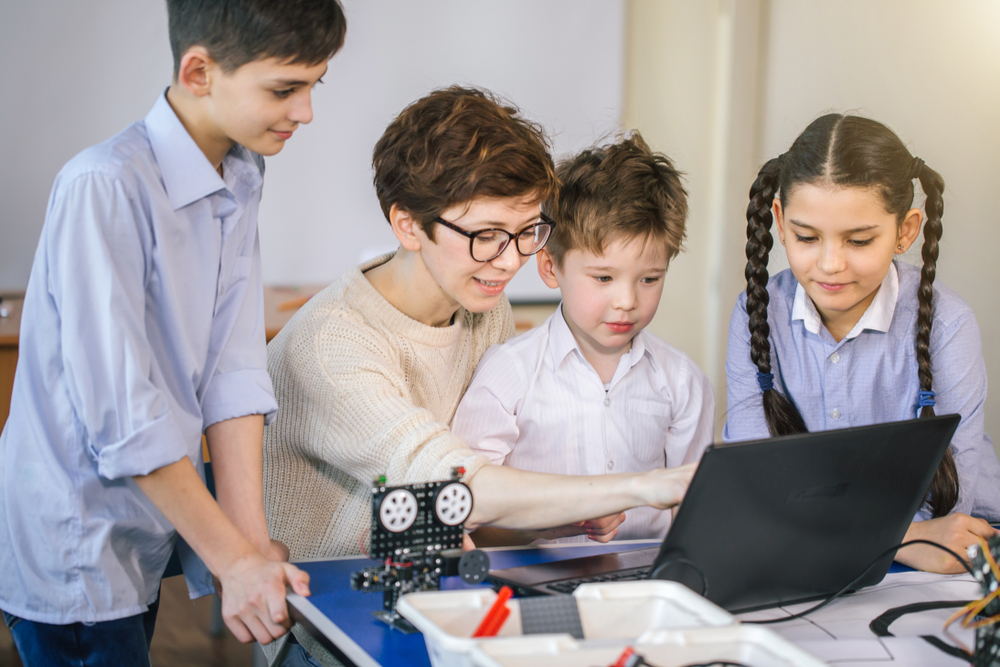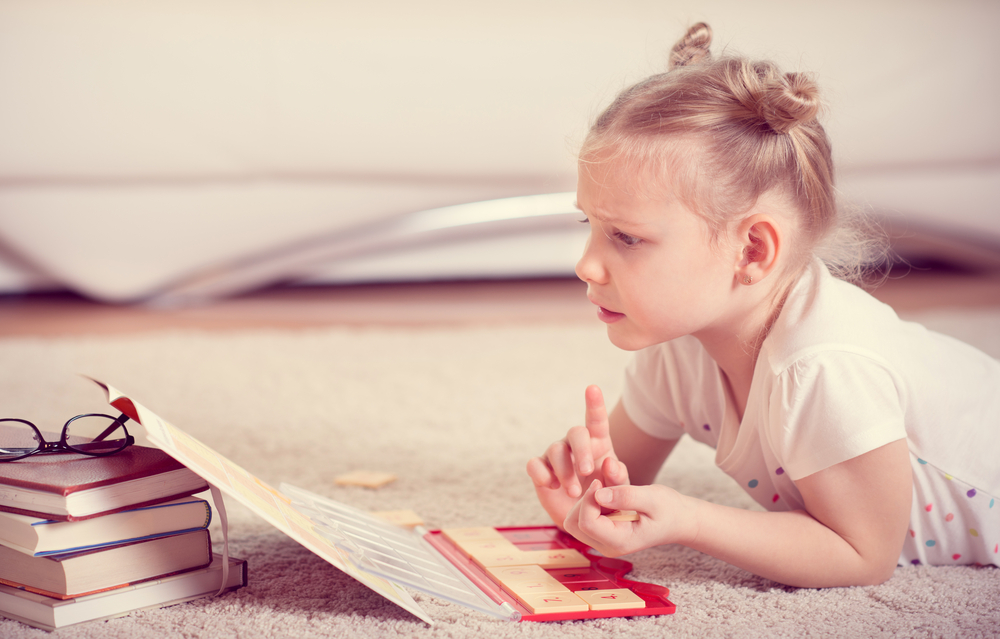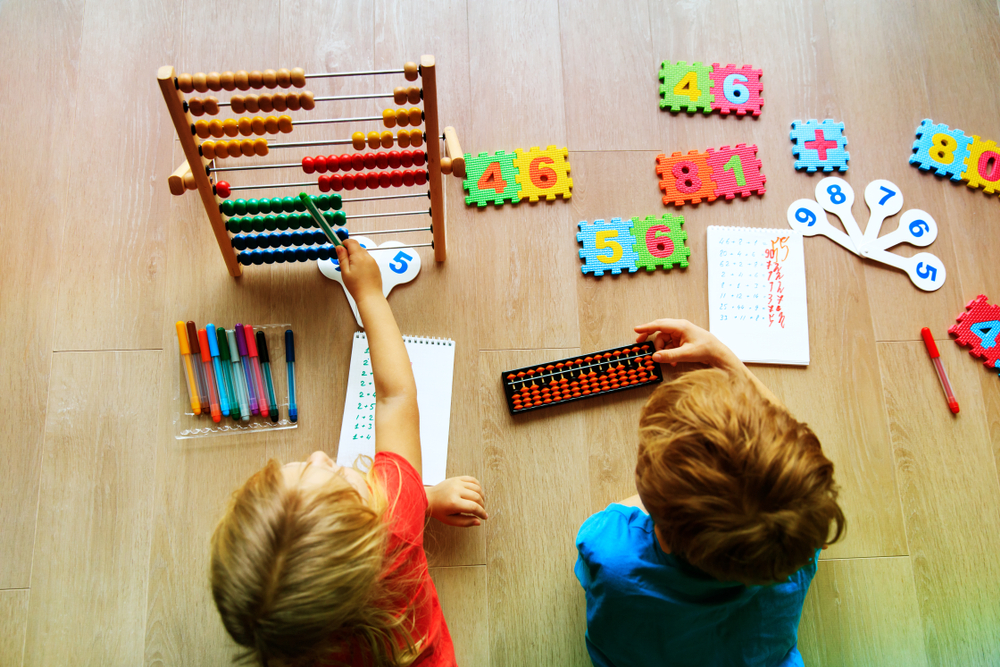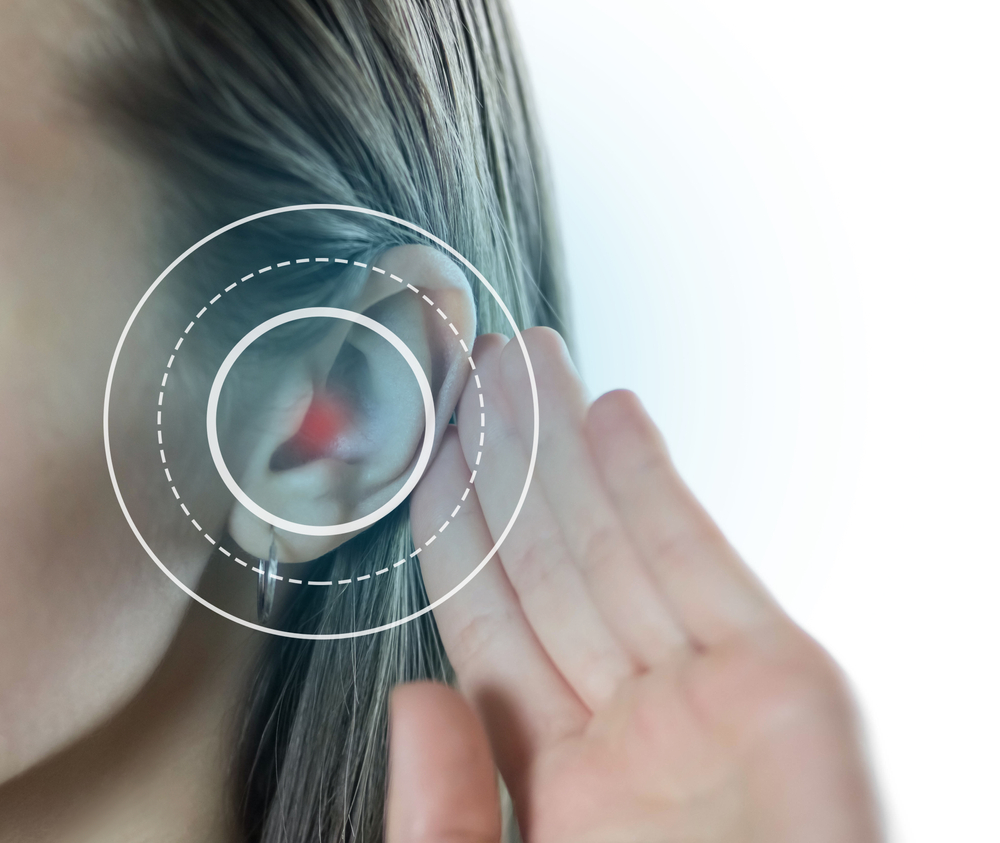Normal Science worksheets activities for Ages 3-7
10 filtered results
-
From - To
Explore our engaging Normal Science worksheets designed specifically for children ages 3-7! These activities spark curiosity and encourage young learners to explore scientific concepts through fun, hands-on experiences. From interactive experiments to nature observation, each worksheet fosters critical thinking and creativity. Ideal for home or classroom use, our resources support early scientific inquiry and promote foundational knowledge in a playful way. Parents and educators can enjoy seamless integration into lesson plans, making science accessible and exciting. Dive into a world of discovery with our carefully crafted worksheets that make learning about the wonders of science a delightful adventure for little ones!


Matter: Assessment 1 Worksheet
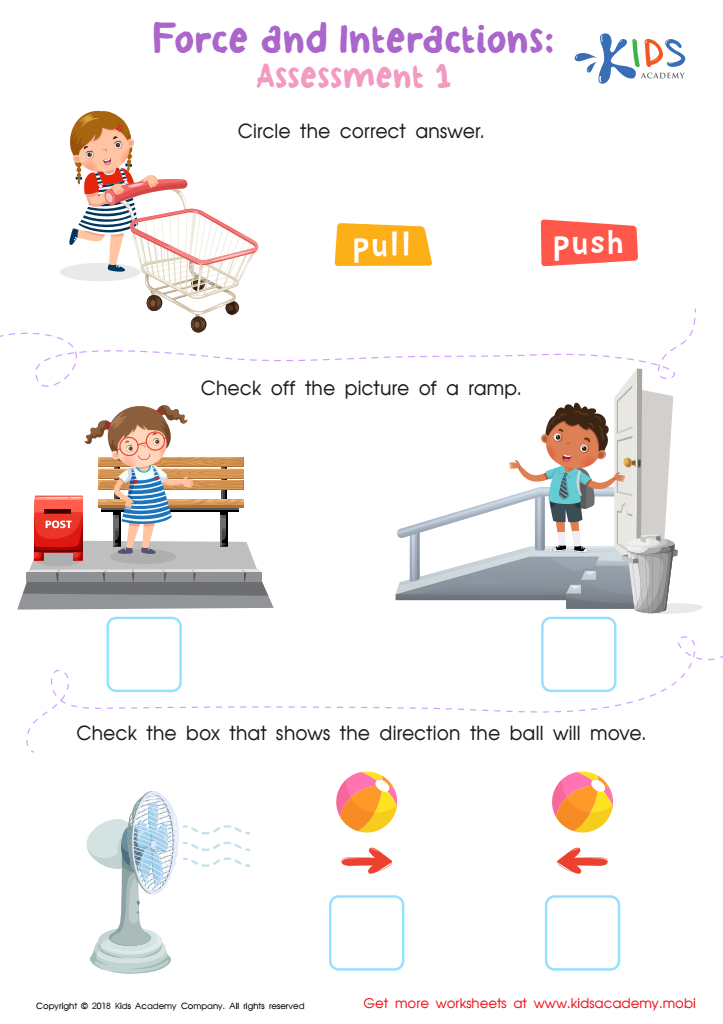

Force and Interactions: Assessment 1 Worksheet
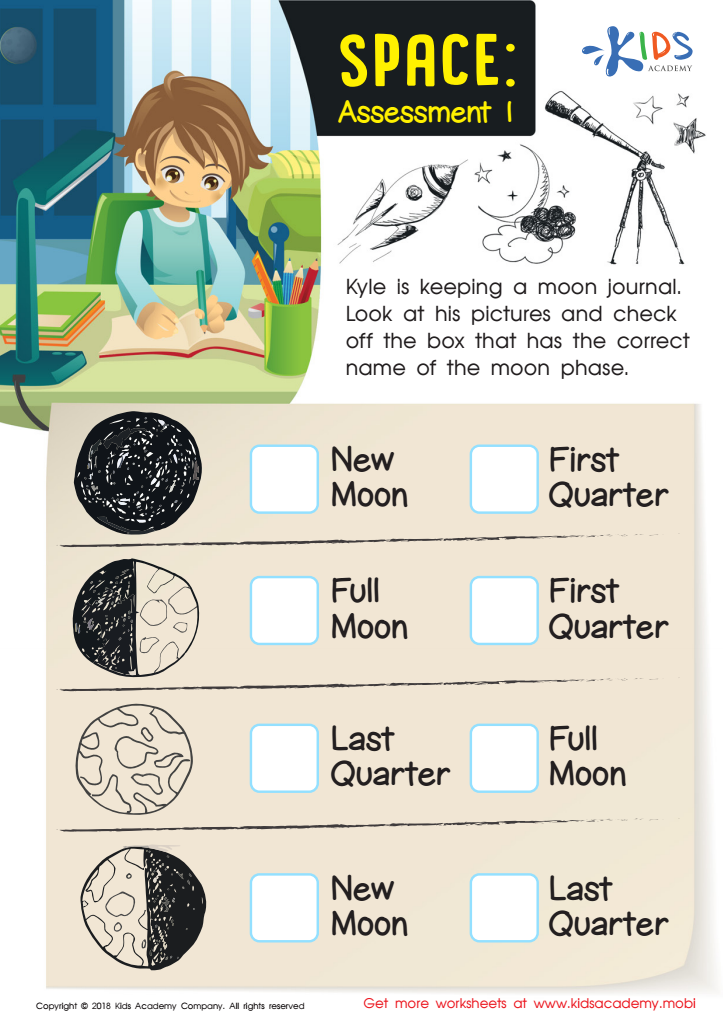

Space: Assessment 1 Worksheet


Ecosystems: Assessment 1 Worksheet
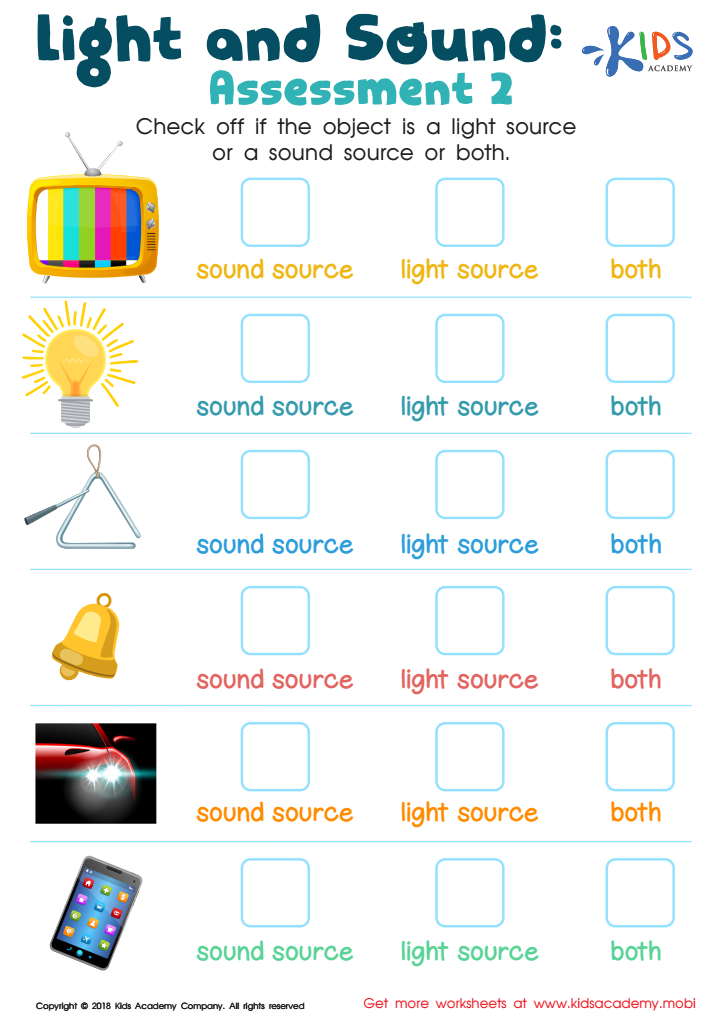

Light and Sound: Assessment 2 Worksheet


Animals and Plants: Assessment 2 Worksheet


Matter: Assessment 2 Worksheet
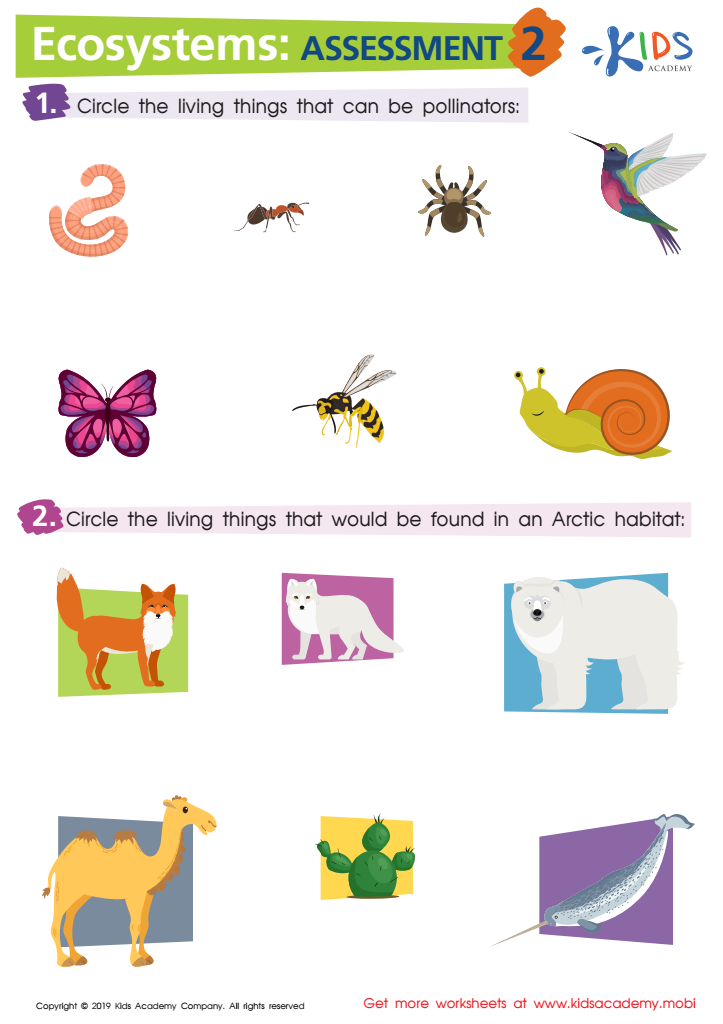

Ecosystems: Assessment 2 Worksheet
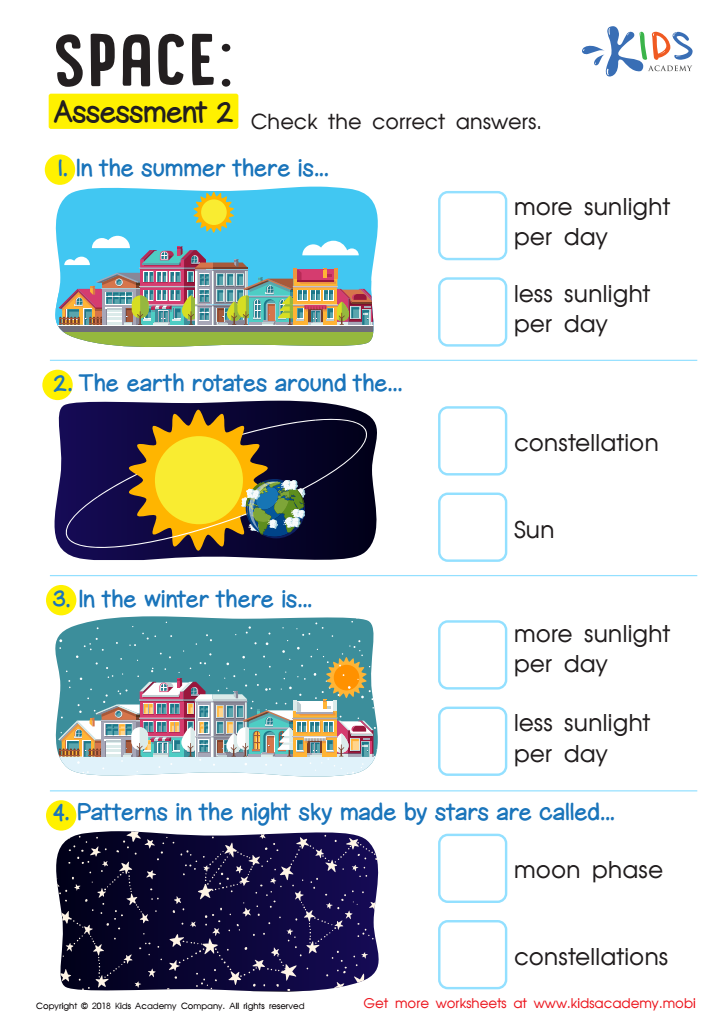

Space: Assessment 2 Worksheet
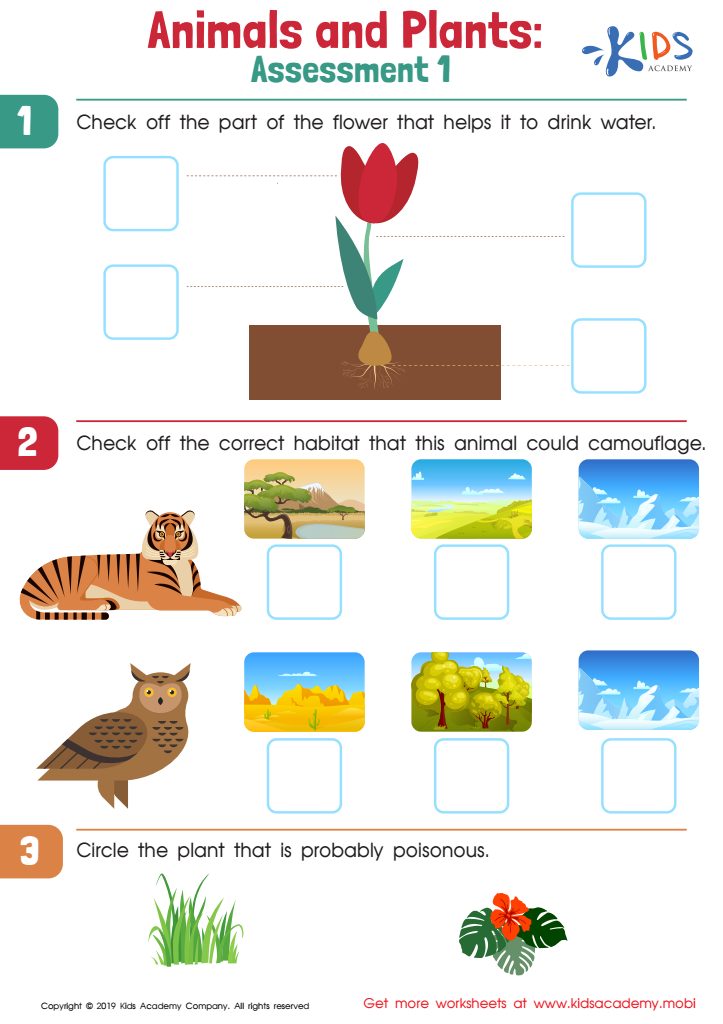

Animals and Plants: Assessment 1 Worksheet
Engaging young children in Normal Science activities is crucial for their cognitive, social, and emotional development. During the ages of 3 to 7, children are naturally curious about the world around them. Normal Science activities, which focus on exploration, observation, and experimentation, provide hands-on experiences that nurture this curiosity. By participating in these activities, children develop critical thinking and problem-solving skills, laying a strong foundation for future learning.
Moreover, Normal Science fosters creativity and promotes the development of fine motor skills through hands-on experiments and projects. It encourages teamwork and communication as children collaborate with peers, enhancing their social skills. Understanding scientific concepts at an early age helps demystify the world, instilling a love of learning that can last a lifetime.
Parents and teachers should also value Normal Science because it aligns with many educational standards and helps integrate various disciplines, connecting science with reading, math, and art. As children actively engage with content, they gain confidence and a sense of accomplishment. By nurturing their curiosity and scientific understanding, we empower them not just academically but also as inquisitive and thoughtful individuals capable of making informed decisions in the future.

 Assign to My Students
Assign to My Students





